Quality-critical point in the annual vegetative cycle of the vine at which the grape harvest takes place. It is the end of the ripening period between véraison (beginning of ripening, where the berries begin to change colour) and grape ripeness. The period between flowering and maturation depends not only on the climate and weather but also on the ripening time (early to late) of the grape variety. Berries that are green before véraison have a relatively high content of acids, which are reduced during ripening, while the sugar content increases.
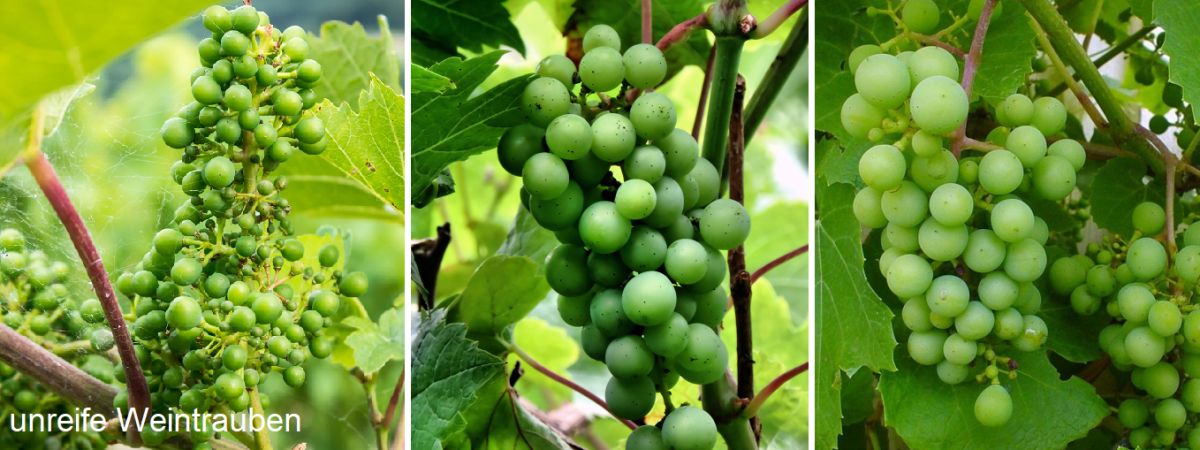
The frequently used term sugar ripeness describes the condition of the grape from the point of view of the sugar formed. The sugar content is mostly determined by means of a refractometer and expressed by the must weight in different measurands. Sometimes this is also referred to as technical/technological ripeness. However, a distinction is made between early ripeness, full ripeness and overripe. Which of the three states of ripeness is optimal or "the right one" depends on the desired type of wine, and other important aspects of ripeness are also important. These are the composition of the acidity and, as a new term, the physiological ripeness.
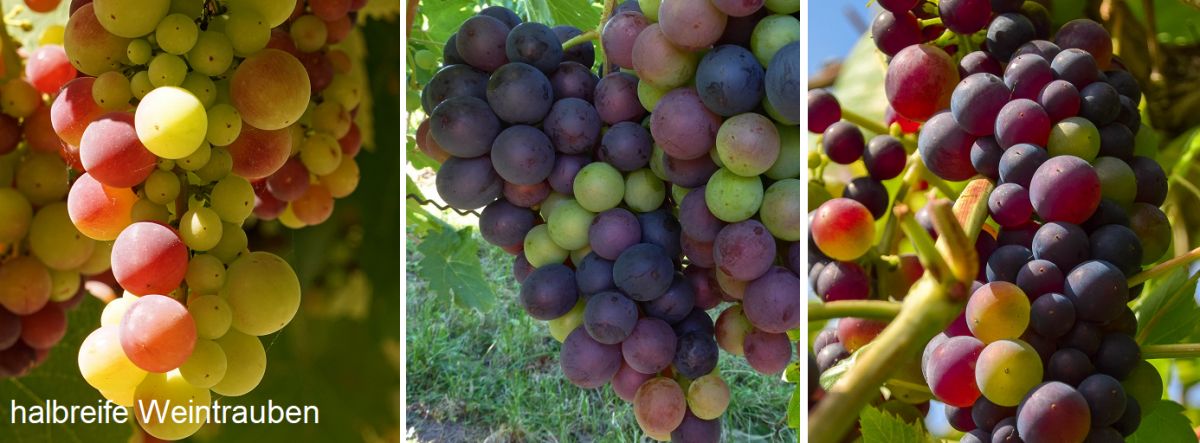
Early ripening (French: pré maturité)
As the name suggests, the grapes are harvested relatively early. At this point, a lot of sugar has already been formed in the berries, but physiological ripeness is still relatively far away. In warm growing regions, white wines in particular are deliberately harvested at an early stage in order to preserve the acidity that is often lacking in such climatic conditions and to achieve fresh aromas. However, such wines cannot achieve full flavour.
Full maturity (French: pleine maturité)
In most wine-growing regions of the northern hemisphere this is reached (also depending on grape variety and wine type) from September to October, in warm regions sometimes already in August. What is understood by full ripeness, however, varies somewhat from country to country. In cooler regions, the sugar content or must weight is the main criterion. The state of full ripeness is reached when there is a harmonious relationship between acidity and sugar content. This is also referred to as a balanced sugar content. No more sugar is consumed during the night (producing carbon dioxide and water) than is produced during the day.
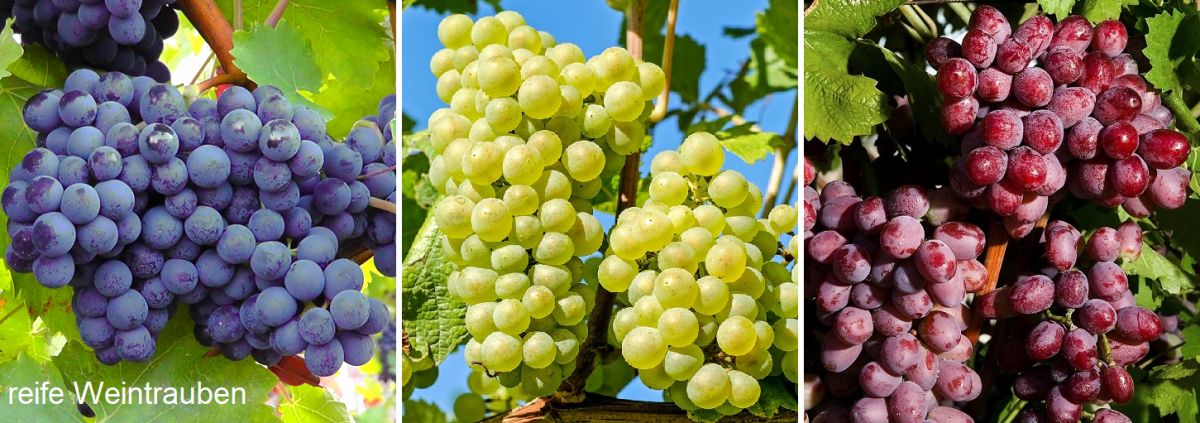
When full ripeness is exceeded, the sugar balance becomes increasingly negative. This means that more sugar is broken down during the night than is added during the day. However, this is compensated for by the shrinking of the berries and thus a reduction in volume. More extract and aromatic substances such as glycerine and phenols develop in the berries, which leads to fuller-bodied and more alcoholic wines. The must yield is lower, but more concentrated. A relatively new term is EngustmentThe special phase of berry ripeness, in which variety-specific aromas and colour intensity develop.
Overripeness (French: sur maturité)
In certain growing regions, at least some of the fully ripe grapes are left on the vine. As a result, they reach the stage of over-ripeness with a negative sugar balance. However, this is compensated for by evaporation of water and thus drying of the berries, which increases the sugar concentration and must weight. In overripe as well as botrytised or noble sweet berries, the sugar type fructose (fruit sugar) predominates. Such berries are a prerequisite for the production of Prädikat wines such as Trockenbeerenauslesen.
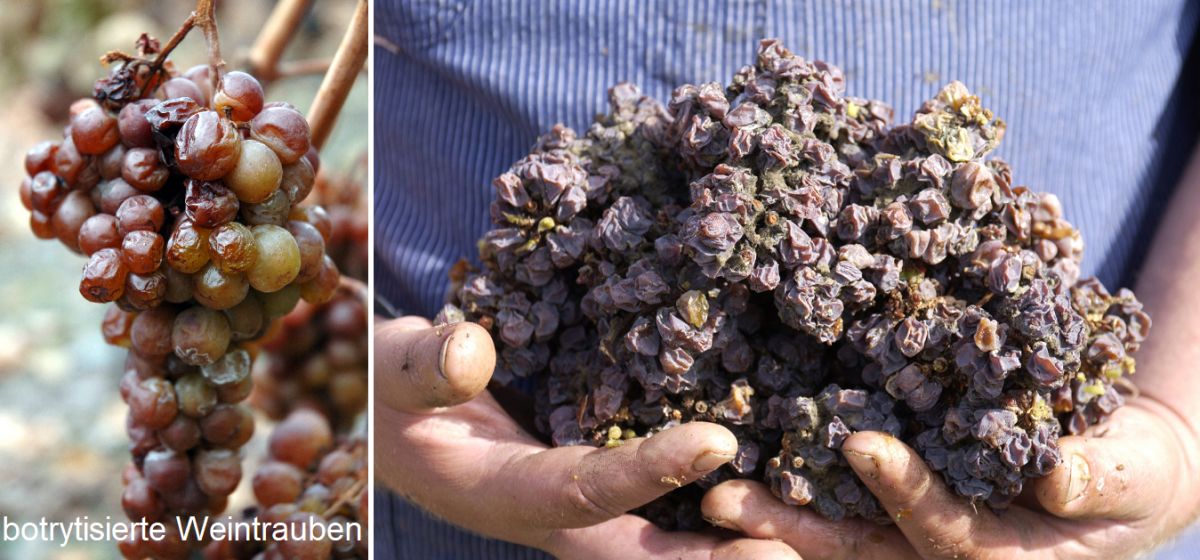
In the 1990s, the new term physiological ripeness emerged, which includes other criteria of ripeness besides sugar and acid content. Extreme weather conditions can lead to so-called emergency ripeness initiated by the vine itself (which, however, is probably not what any winegrower wants). The next developmental step in the vegetation cycle after maturation is leaf fall. See also under BBCH code.
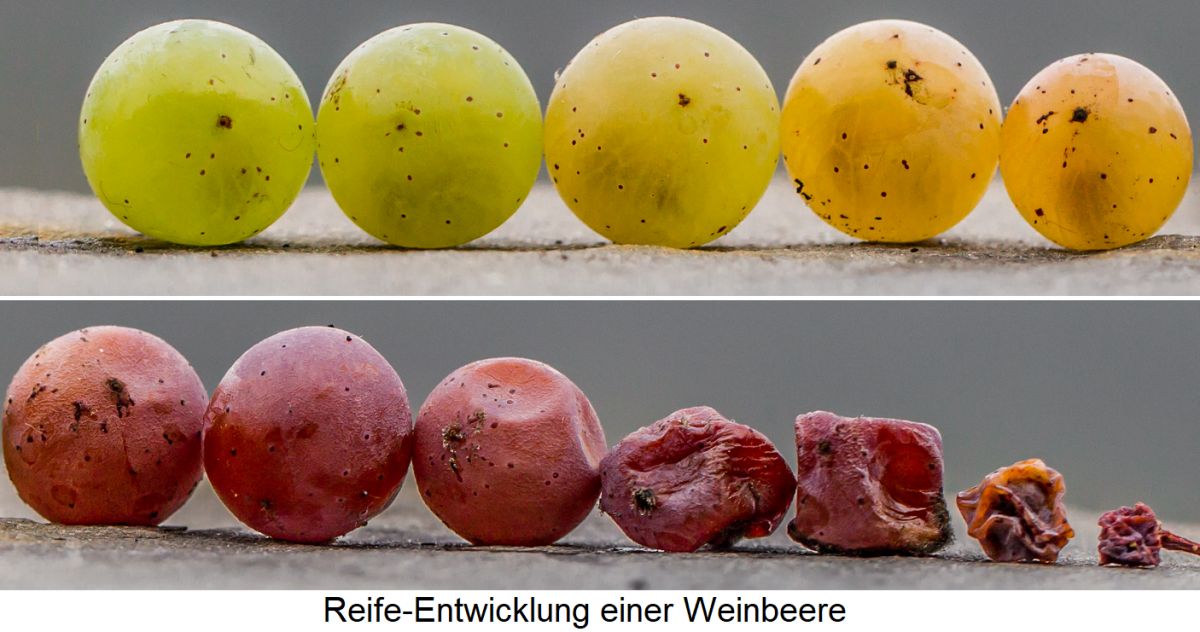
three rows of images unripe, semi-ripe, ripe: Pixabay
Botrytis grape: Walliswine - own work, CC BY-SA 3.0, link
Grapes in hand: © DWI (German Wine Institute)
Ripeness development grape berry: © DWI (German Wine Institute)
Voices of our members

For my many years of work as an editor with a wine and culinary focus, I always like to inform myself about special questions at Wine lexicon. Spontaneous reading and following links often leads to exciting discoveries in the wide world of wine.
Dr. Christa Hanten
Fachjournalistin, Lektorin und Verkosterin, Wien